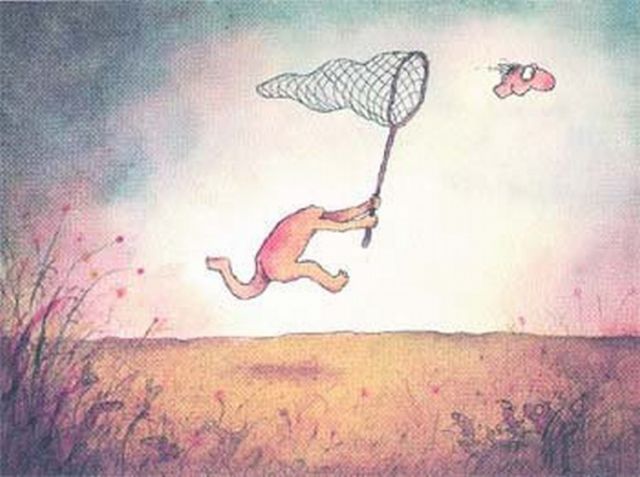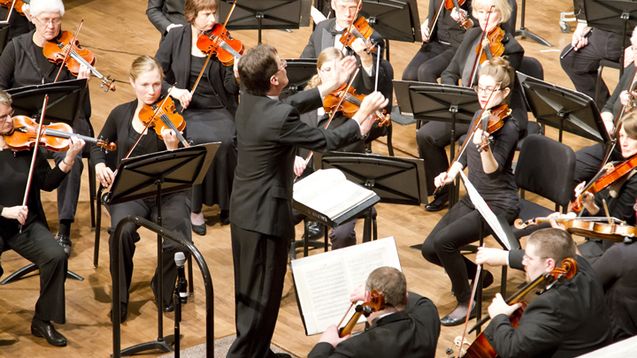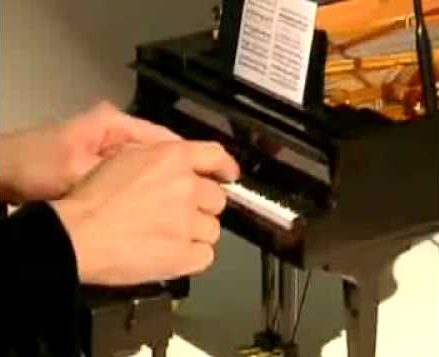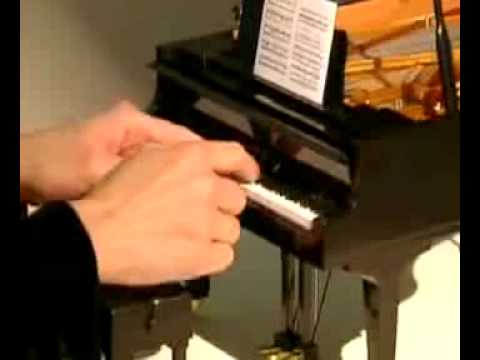This spring, I had the great good fortune to compose a new piece for the Calvin Community Symphony’s 25th-anniversary concert. Below are the program notes:

It may seem obvious—even unimaginative—to name a piece commissioned for a 25th anniversary concert “25.” What is perhaps less obvious is that the composition is in a 25/8 meter*.
One 8th note per year is not only a fitting starting place for a 25th anniversary piece, but it continues my long term exploration of rhythm. My compositions often draw on the rhythmic vitality of African, Celtic, Pop, and Minimalist music. In “25” you can hear the uneven rhythms of Eastern Europe folk music, Medieval dances, or even the Genevan Psalter.
If you listen carefully, you will also hear echoes of Ravel’s “Boléro.” Instead of Ravel’s famous snare drum rhythm, “25” begins with brushed snare, immediately announcing its connection to dance rhythms of our day, especially jazz. On top of the brushed snare, a series of solo instruments enter one at a time—flute, clarinet, etc—the beginning of a wedge that grows in volume, intensity, and range throughout the whole composition. Speaking of intensity, the piannisimo brushed snare rhythm morphs and grows throughout the piece, making a brash recapitulation at the drum set near the end.
Heartfelt thanks are due Maestro Varineau and the musicians of the Calvin Community Symphony for the love they’ve shown this new composition. Thank you for making me part of your 25th anniversary!
—Greg Scheer
*Technically, the piece is in a consistent four-measure pattern: 6/8+7/8+6/8+3/4. I’m nerdy enough to take on the challenge of composing in an odd meter, but not stupid enough to make the musicians read a 25/8 time signature!




 You can email me for music (edit: see link above). It comes in a variety of flavors: a cappella, SATB/Piano, or with brass and rhythm section; the rap is optional (and yes, I’m serious: there is a rap). You can also email me if you want to commission the rest of the movements that would complete this set. It’s going to be amazing and I know you want in!
You can email me for music (edit: see link above). It comes in a variety of flavors: a cappella, SATB/Piano, or with brass and rhythm section; the rap is optional (and yes, I’m serious: there is a rap). You can also email me if you want to commission the rest of the movements that would complete this set. It’s going to be amazing and I know you want in!

